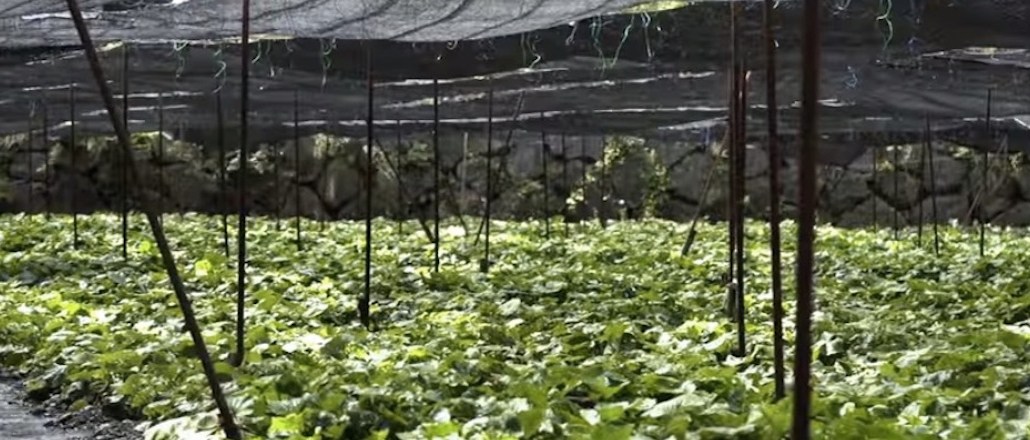How ANA is using CNN’s social video network Great Big Story to find the ‘Japan curious’

Japanese airline All Nippon Airways wants to attract more European customers and has picked CNN’s social video network Great Big Story to create and distribute its message.
The result is a seven-part video series,“Ichigo Ichie,” which translates to “One Opportunity, One Encounter,” which focuses on Japanese cuisine, culture and hospitality. GBS is no stranger to creating popular videos about Japanese cuisine, having made ones like this: “High-Stakes Dining: Dare to Taste the Poison Puffer Fish?” which has been viewed 1.4 million times on YouTube. ANA wanted to tap into the “Japan curious” among GBS’s younger-skewing audience, to showcase Japanese culture.
“Food is a huge part of our heritage; it’s an art form,” said Nanako Murakami, assistant manager European marketing for ANA Europe. “We wanted to create a truly authentic, quintessentially Japanese experience with these videos. That kind of feeling is lacking in marketing and advertising about Japan. These videos capture the real Japan.”
Great Big Story was created last year as CNN and parent company Turner’s answer to younger digital media competitors like Vice and BuzzFeed. ANA wants to reach in the U.K., France, Germany and Belgium. The native ads will also run across the CNN Digital network, which gets 3 billion monthly pageviews, according to CNN.
“ANA wants to attract business travelers on CNN International TV and digital channels, but also the smart young people who are viewing content on Great Big Story. This is the first time we’ve married up both platforms,” said Owen Wyatt, head of U.K. ad sales, CNN International Commercial.
Each video is roughly three minutes long and centers on busting misconceptions around Japanese culture and food. The first video, which went live on Oct. 3, is titled “Why is wasabi so hard to grow” and hammers home the fact that no one outside of Japan is eating authentic wasabi, but horseradish dressed up as the real thing. It then explains that’s the case because wasabi is nearly impossible to grow.
Other videos include “What is the diet of a sumo wrestler?” and “How can art and tofu combine for a unique restaurant experience?” They will run on the Great Big Story website, apps and YouTube channel. Videos will be repurposed for social channels like Facebook, Twitter and Instagram. And stills and additional video footage from the production process will also be used for social distribution. Great Big Story claims it has 10 million followers across its own site, app and social channels.
Great Big Story’s core team of 30 people is New York-based, but it has a big focus on international stories.
Not to be outdone, ANA took a more involved role in the creation of an eighth video, devised by both the brand’s marketing team and CNN’s in-house creative shop CNN Create. Branded content deals now account for half of CNN International’s entire commercial revenue.
The branded content video will be the third video to be published and follows the artist Fuyoh Kobayashi, who is a master calligrapher and owner of the Shoraian restaurant. This restaurant is perched on the edge of a mountain overlooking the river Oi, but it can only be reached by a hike through the forest: No car can get to it. Shorairan is considered the best tofu restaurant in Kyoto, and Kobashi’s art work adorns its walls.
This is the first branded content campaign ANA has run in Europe.
More in Marketing

In Graphic Detail: Why YouTube is a genuine threat to Netflix
Digiday has charted exactly how YouTube is a real threat to Netflix, due to its dominance of watch time, user base and its ability to totally reshape viewing behaviors.

At Ebiquity, a new role signals marketing’s shift from metrics to meaning
Marketing has no shortage of data. Ebiquity is betting on judgement.

Lowe’s wants to do more with AI shopping in 2026
Mylow, a shopping assistant powered by ChatGPT that launched in March, is already driving double the conversion rate for online shoppers.





